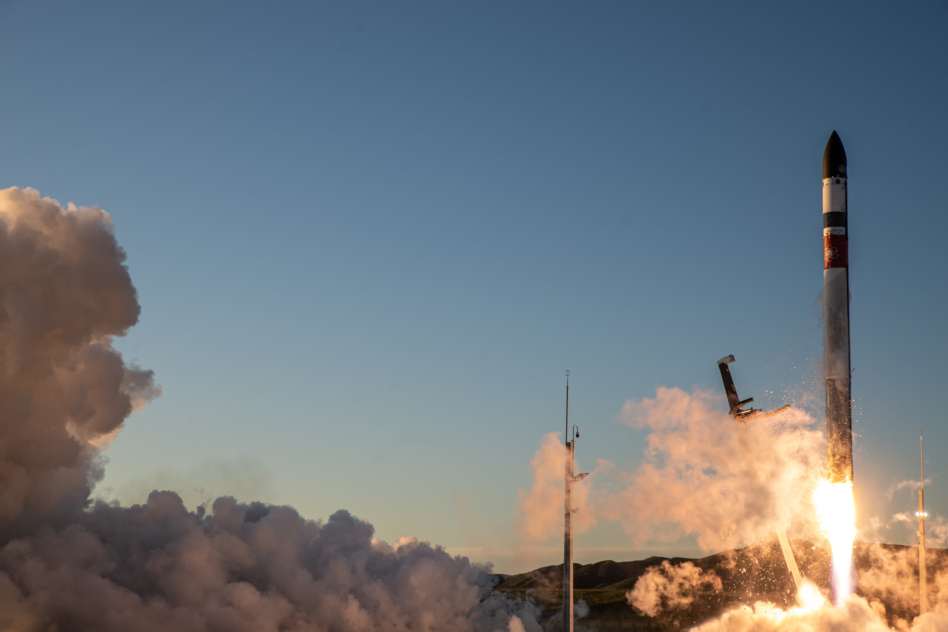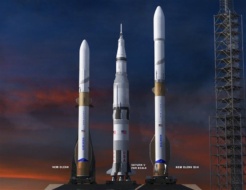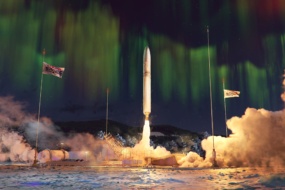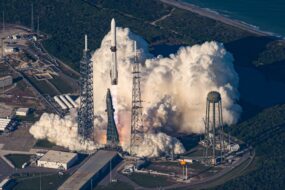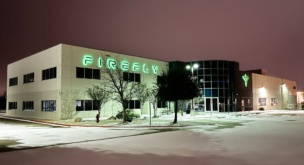The US military’s scheme to diversify its stable of rocketmakers is running into a problem: None of them is likely to fly their rockets on time.
Space Systems Command is taking a two-pronged approach to buying launches after 2025:
- Lane 1 is for new launch vehicles that could handle low-risk work.
- Lane 2 is for three established rockets that can perform the full range of national security launches.
The first awards are expected to be announced this spring.
MIA: The US launchers widely seen as aiming for Lane 1—Rocket Lab, Relativity Space, Firefly, and ABL Space Systems—are unlikely to reach orbit by the Dec. 15 deadline to qualify for this year’s batch of awards. The closest is Rocket Lab, which expects its Neutron rocket to be “on the pad” by the end of the year, according to a spokesperson.
“Space Force had a very clear requirement not to propose vehicles to Lane 1 without a credible path to first flight by [Dec.15],” Dan Piemont, president of ABL Space Systems, told Payload in an email. “The RS1 configuration ABL plans to bid for NSSL Lane 1 isn’t quite ready to fly this year, so despite our excitement for the program, we did not bid. We plan to participate in a future on-ramp.”
Relativity, Firefly, and ABL all confirmed that they had not bid on the Lane 1 contracts. Rocket Lab declined to comment.
Guess who bid: SpaceX, ULA and Blue Origin all bid on the Lane 1 contracts intended for unproven launchers, as well as Lane 2, a Congressional source told Payload. (Blue, which also bid on the previous round of NSSL contracts, expects its New Glenn rocket to fly this year, but you know how debut rocket launches can slip.)
That makes sense, since they can likely do the job—but it’s not exactly what lawmakers or the Pentagon necessarily intended, particularly following a prolonged fight about whether Lane 2 should include two or three different providers to leave room for Blue.
Do-over: Companies that miss this year’s Lane 1 deadline will have another bite at the apple on an annual basis, per Col. Doug Pentecost at SSC. “[D]uring annual on-ramp opportunities, launch providers must meet the same criteria as stated in the original Lane 1 RFP (e.g., be able to lift 15,000 lbs to Low Earth Orbit, have a credible schedule showing a first flight within 12 months of proposal submittal, and be ISO9001 certified).”
